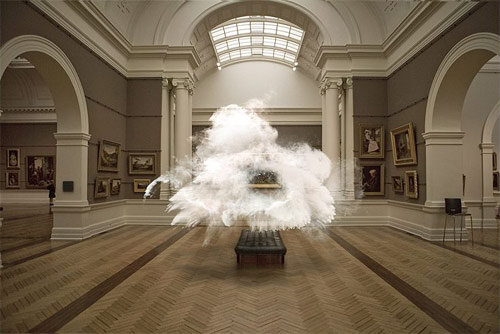I found Cole Swensen's review of Zirconia much more productive and relative to the meaning of Minnis' poetry. Swensen's commentary went much deeper into functionality of Minnis' poems while Arielle Greenberg just seemed to glaze the surface of Zirconia. Greenberg's description of the extended ellipses was troubling to me. I never felt the "wave of pinpricked text" or the effect of "part stutter part studded" as Greenberg describes and quite frankly I do not understand what she is trying to describe. Swensen's commentary on the "hyper" ellipses is much more understandable and relative to the poetry. Swensen states, "These ellipses also constitute an ambient hum, as murmuring voices in the background that both cause and complete those long blanks. They create a suspension, which in turn becomes suspense, paralleling the gentle menace that lurks throughout this book." This description of the ellipses makes much more sense in the context of Zirconia.
I also enjoyed Swensen's thoughts on the conflicting imagery presented in the collection. I felt the violence in several poems being swayed and pulled towards beauty with the use of language and unconventional structure in the ellipses. Swensen comments on the idea of Minnis' approach toward conventionality saying, "perhaps because she demands a true response of herself, not a conventionally acceptable one." This is one of the things I enjoyed most about Minnis, her sincerity and consequential unconventionality.
Swensen's idea about the role of direction in Zirconia was especially interesting. She comments on the recurring color red throughout the collection and how this stands for intensity. However, the direction of the intensity and the objects in which the intensity is manifested is often directionless. This is largely because of the use of the ellipses but also the way that the objects are presented. Swensen comments on how the objects are not tied down to metaphors or similes but rather left open to the discretion of the reader. This direction, or lack thereof, is a strong aesthetic component of Minnis' poetry. Instead of linking objects to images, the objects are left independent to resonate in the context of the reader.

No comments:
Post a Comment